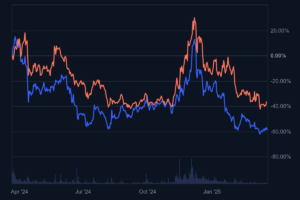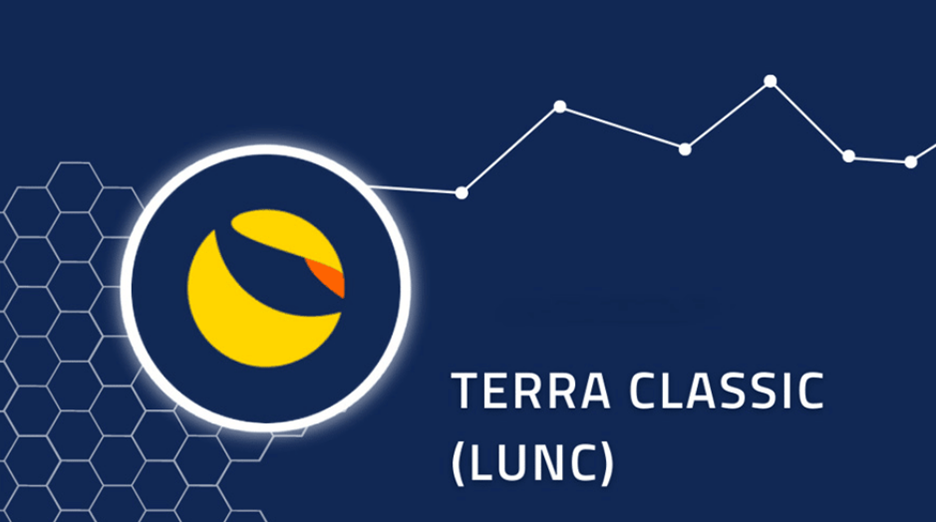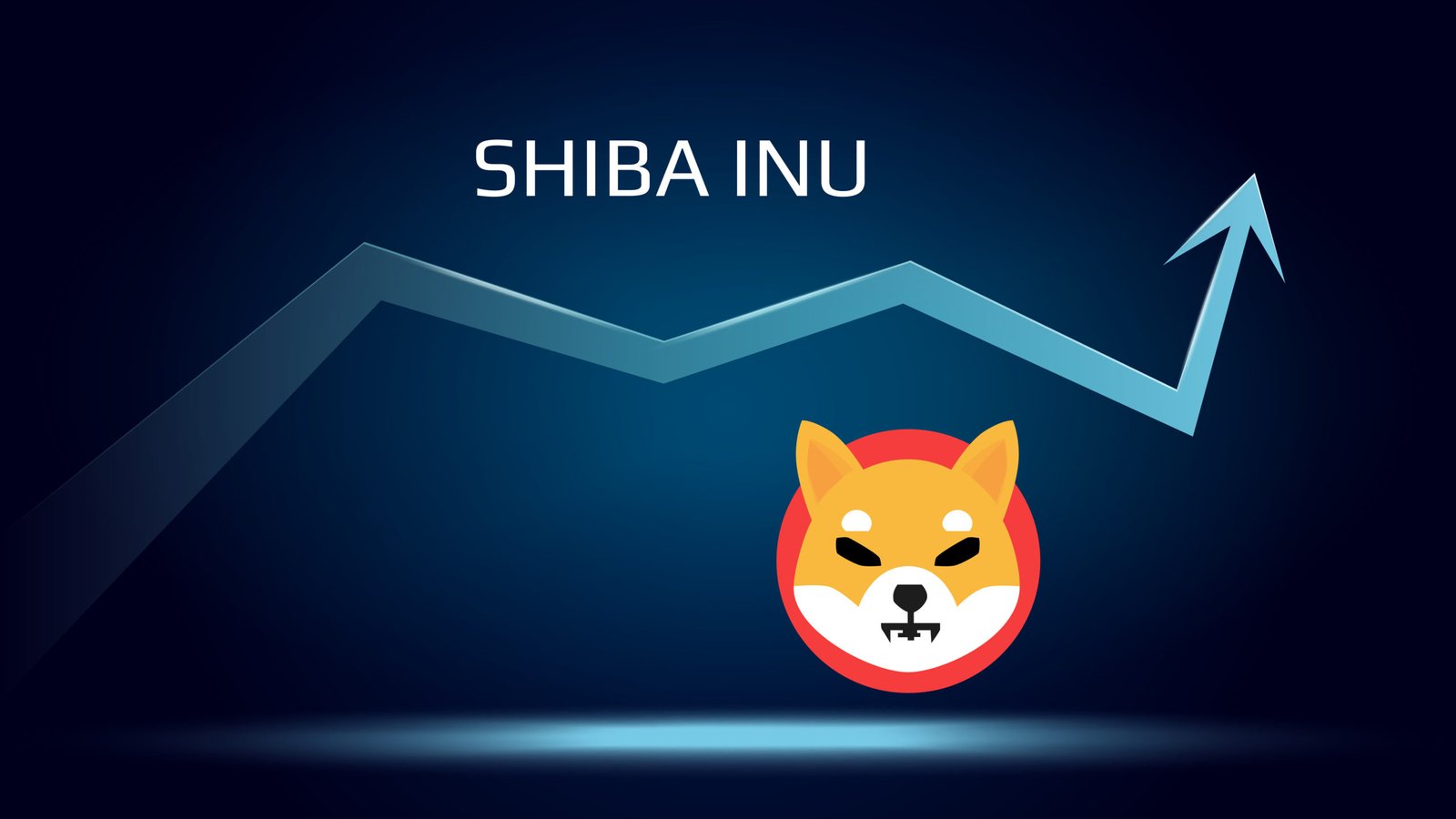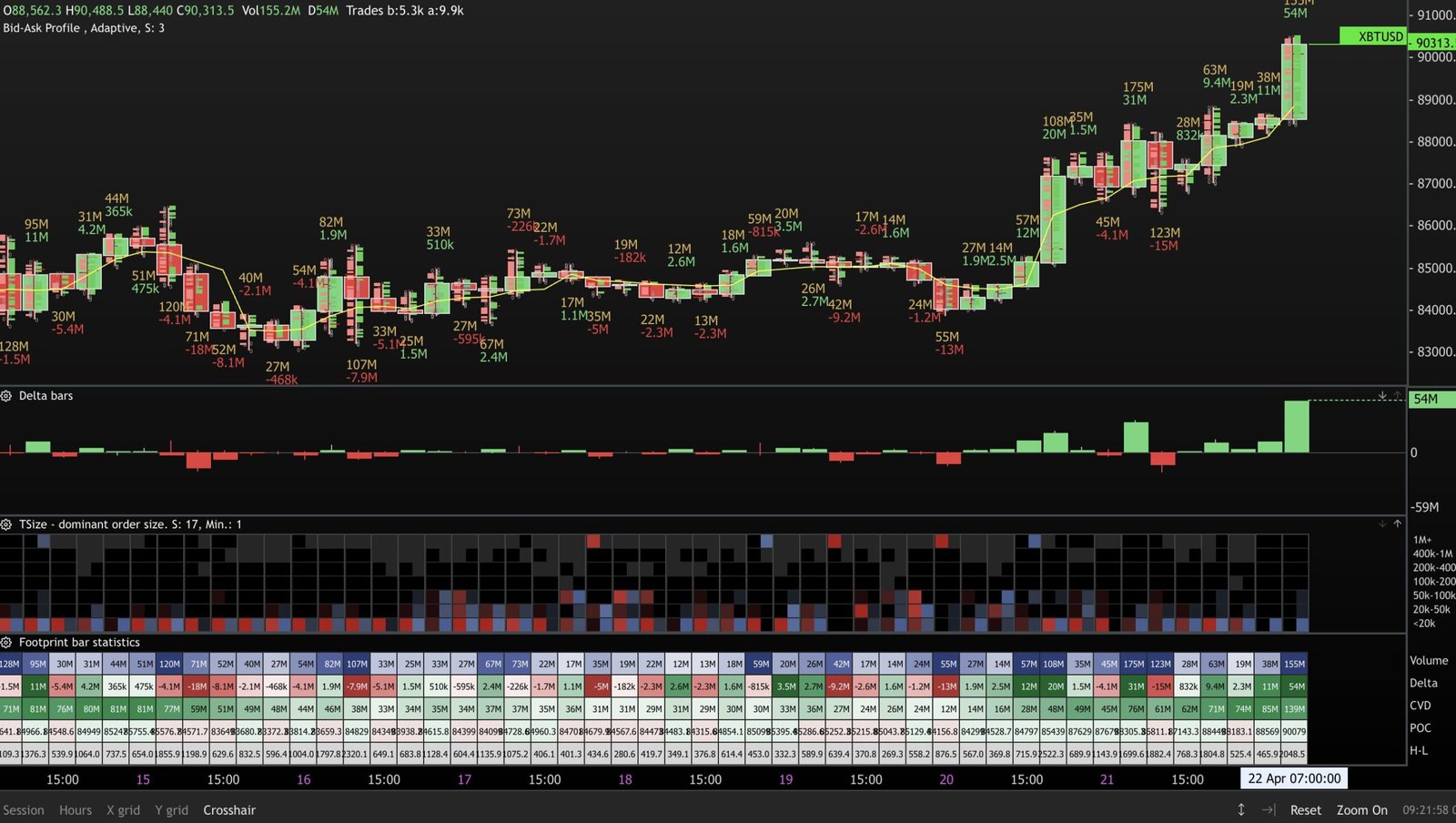In the ever-evolving world of cryptocurrencies, dramatic price surges and revolutionary comebacks are not uncommon. Among the many projects capturing investors’ attention today is LUNAC, the rebranded token formerly known as Terra Classic. Once a victim of a catastrophic collapse, LUNAC has managed to rally its community and spark discussions about its potential to emulate the success story of Ethereum Classic (ETC).
Ethereum Classic, born from a controversial fork of Ethereum, defied early skepticism and went on to experience significant price pumps. Now, LUNAC is being compared to ETC, with some analysts and community members speculating that it could one day reach the coveted $1 mark.
Brief Overview of LUNAC’s Backstory
LUNAC’s origins are rooted in the dramatic collapse of the Terra ecosystem. Terra, once a promising blockchain platform, faced a severe crisis that led to its downfall and the subsequent rebranding of its native token as LUNAC (Terra Classic).
Despite the catastrophic events that unfolded, the community remained resilient and determined to restore value. Through various initiatives—such as token burns, governance proposals, and the launch of new use cases—the community has attempted to revive the project.
Today, LUNAC stands as a testament to the enduring spirit of crypto communities, raising the question: can it emulate the comeback of Ethereum Classic and one day pump to a dollar?
Understanding Ethereum Classic’s Journey
Ethereum Classic (ETC) emerged from one of the most contentious events in crypto history: the DAO hack. In 2016, a vulnerability in the DAO (Decentralized Autonomous Organization) led to the theft of millions of dollars worth of Ether.
In response, the Ethereum community decided to execute a hard fork to reverse the illicit transactions, effectively creating two separate blockchains: Ethereum (ETH) and Ethereum Classic (ETC).
The latter retained the original blockchain and the principle of immutability, famously encapsulated in the phrase “code is law.”
This ideological stance, though controversial at the time, laid the foundation for Ethereum Classic. Initially, ETC faced significant skepticism and was considered a relic of the past—a digital graveyard for a project that many thought had lost its relevance.
However, as time passed, ETC’s proponents rallied around the concept of immutability and the importance of preserving historical blockchain data, which eventually helped ETC gain a dedicated following.
Key Price Milestones and Rallies
Ethereum Classic’s price journey is a testament to the resilience of a project that refused to be forgotten. After emerging from the controversy of the DAO hack, ETC was traded at relatively low levels, with many predicting its eventual demise. However, a series of pivotal moments helped drive ETC’s value upward:
- Early Adoption and Exchange Listings:
ETC gradually found support from niche investors who believed in its core philosophy. Major exchange listings further improved its liquidity and accessibility, leading to gradual price increases. - Bullish Rallies and Market Sentiment:
Over time, ETC experienced significant rallies. These surges were often tied to broader crypto bull markets, as well as to specific events such as network upgrades or favorable market sentiment towards decentralized technologies. At various points, ETC’s price surged by several hundred percent, defying early pessimism and establishing itself as a viable cryptocurrency. - Community Support and Ideological Appeal:
The enduring appeal of the “code is law” philosophy resonated with a segment of the crypto community, particularly those who valued decentralization and immutability. This ideological support translated into sustained demand, even when market conditions were not favorable.
Community and Ideological Drivers
One of the most compelling aspects of Ethereum Classic’s success is its ability to maintain a loyal community despite significant challenges. The community’s belief in the unalterable nature of the blockchain—embodied in the phrase “code is law”—has been a driving force behind ETC’s resilience. This conviction often manifests in a willingness to hold through market downturns, contributing to a stable base of long-term supporters.
For many investors, ETC represents more than just a speculative asset; it is a symbol of a fundamental principle in the blockchain world. This ideological underpinning has helped ETC weather numerous storms and remain a part of the crypto landscape, even as other projects have faded into obscurity.
LUNAC’s Current Landscape
The story of LUNAC is one of dramatic highs and lows. Following the collapse of the Terra ecosystem, the native token was rebranded as LUNAC (Terra Classic) in an effort to distance itself from the catastrophic events of the past.
Since the rebranding, LUNAC has experienced considerable volatility. Its price trajectory has been marked by sharp declines, but also by periods of relative stabilization as the community attempts to revive the project.
Major price movements since the rebranding have been characterized by heavy selling pressure in the immediate aftermath of the collapse, followed by attempts at recovery as community initiatives took hold.
Despite these efforts, LUNAC remains a contentious asset, with its future heavily dependent on the effectiveness of its revival strategies and the resilience of its community.

Community Revival Efforts
One of the defining features of LUNAC’s current landscape is the grassroots revival efforts led by its community. In the wake of Terra’s collapse, dedicated supporters have taken various measures to restore value and confidence in the project:
- Token Burns:
Several community-led initiatives have focused on reducing the overall supply of LUNAC through token burns. By permanently removing tokens from circulation, these burns are intended to create scarcity and potentially drive up the token’s value over time. - Governance Proposals:
The community has also been active in proposing changes to improve the project’s governance. Enhanced transparency, improved decision-making processes, and a clearer roadmap for future development are among the key areas of focus. - New Use Cases and Ecosystem Expansion:
Efforts to integrate LUNAC into new use cases—such as decentralized finance (DeFi) platforms and NFT marketplaces—have been underway. These initiatives aim to demonstrate that LUNAC still has utility beyond being a mere speculative asset.
The grassroots nature of these revival efforts is reminiscent of the early days of Ethereum Classic, where community-driven support played a critical role in the project’s recovery. However, the success of these initiatives depends on the broader market’s willingness to give LUNAC a second chance.
Market Sentiment and Liquidity
Market sentiment toward LUNAC is mixed. While the community remains passionate about the project’s potential, widespread skepticism persists among broader investors. Liquidity is an important factor in this equation—without sufficient trading volume and market participation, even the most promising revival strategies may fall short.
Current trading volumes and liquidity metrics suggest that while there is steady interest in LUNAC, it remains largely a niche asset. Centralized exchanges and DeFi platforms have started to list and support LUNAC, which is a positive sign.
However, the token’s market cap, while significant given its troubled past, still lags behind more established cryptocurrencies. Achieving a breakout that could potentially push LUNAC to the $1 mark would require not only continued community support but also a broader acceptance and integration within the crypto ecosystem.
Comparing the Two Projects

1. Fork/Spinoff Narrative
Both Ethereum Classic and LUNAC share a common thread in that they emerged from controversial splits within their original ecosystems. ETC was born out of a hard fork following the DAO hack, while LUNAC emerged as a rebranding effort following Terra’s dramatic collapse. This fork/spinoff narrative often comes with a built-in community that is dedicated to preserving the “original” vision of the project.
2. Community-Led Resurgence
Grassroots support has been a cornerstone for both ETC and LUNAC. In both cases, a committed community has rallied around the token, engaging in initiatives such as token burns, governance reforms, and efforts to develop new use cases. This community-driven approach can be a powerful force in reviving investor confidence, particularly when mainstream sentiment is skeptical.
3. Skepticism and FUD
Both projects have faced significant skepticism and fear, uncertainty, and doubt (FUD) from the wider crypto community. ETC was initially dismissed as a relic, and LUNAC has been burdened by the negative legacy of Terra’s collapse. Despite these challenges, both tokens have managed to sustain a loyal base of supporters who believe in their long-term potential.
Differences
1. Underlying Technology and Utility
One of the key differences lies in the technological foundations and utility of the two projects. Ethereum Classic retained Ethereum’s proof-of-work (PoW) model, which, despite its controversies, continued to offer a functional blockchain with a clear use case. LUNAC, on the other hand, is tied to the Terra Classic chain, which originally supported a suite of stablecoins and other decentralized finance (DeFi) applications. The divergence in technology and use cases means that while ETC’s value proposition is centered around immutability and a legacy system, LUNAC must reinvent itself to offer new functionalities and appeal to modern use cases.
2. Market Conditions
Ethereum Classic’s resurgence occurred during a different market cycle compared to LUNAC’s current environment. ETC’s recovery was influenced by broader crypto bull markets and growing interest in decentralization following the DAO controversy. LUNAC, in contrast, is operating in a market that is increasingly competitive and where investor sentiment is highly cautious following recent market disruptions. These differing macroeconomic conditions will play a significant role in shaping each project’s trajectory.
3. Leadership and Development Roadmap
Ethereum Classic benefitted from a dedicated core development team that maintained a clear vision and roadmap for the project. LUNAC, emerging from the ashes of a collapsed ecosystem, faces the challenge of re-establishing its leadership and development structure. While community initiatives have been robust, the absence of a well-organized, centralized development effort could hinder LUNAC’s progress unless addressed effectively.
Analyzing LUNAC’s Potential to Reach $1

Current Price and Token Supply
LUNAC’s current market metrics play a crucial role in determining its potential to reach a $1 price level. With a massive circulating supply inherited from its predecessor Terra and a relatively modest market cap, achieving a $1 price per token would require an astronomical revaluation of the project.
To put this in perspective, even if LUNAC were to capture a fraction of the market sentiment that drives blue-chip cryptocurrencies, the sheer volume of tokens makes a $1 target exceptionally challenging.
For instance, if LUNAC has a circulating supply in the hundreds of billions or even trillions, a $1 price would imply a market capitalization that might rival or exceed that of established giants like Bitcoin or Ethereum—an outcome that appears highly unlikely under current conditions.
Burn Mechanisms and Tokenomics
One of the strategies that could potentially drive LUNAC’s price upward is the implementation of aggressive token burn mechanisms. Token burns reduce the circulating supply, thereby creating scarcity and, in theory, increasing the token’s value. LUNAC’s community has proposed several burn initiatives aimed at curbing the massive token supply.
In addition to burns, staking incentives or other supply-reduction measures could be introduced as part of the tokenomics.
However, it is important to evaluate these measures realistically.
Even substantial burns may not be enough to justify a $1 price target unless accompanied by massive increases in adoption, utility, and market sentiment. Investors should closely monitor any updates to LUNAC’s tokenomics, as these will be critical in determining its long-term valuation.
Market Capitalization Perspective
Reaching a $1 price level for LUNAC would require a market capitalization that might seem unrealistic when compared to the current market leaders.
For example, if LUNAC were to hit $1 per token, its market cap would be determined by multiplying the price by the circulating supply. In most cases, even after significant burns, the resulting market cap would need to be in the hundreds of billions, if not more.
A comparative analysis with Ethereum Classic is illuminating here. While ETC experienced a significant rally, it never approached the kind of market cap that a $1 LUNAC would imply.
Investors must ask whether it is feasible for LUNAC’s market cap to rival or surpass those of established projects, given its troubled past and the highly competitive crypto environment.
Community and Developer Efforts
Ultimately, the potential for LUNAC to reach higher price targets will be driven by the strength of its community and the progress made by its development team. Major partnerships, strategic exchange listings, and ecosystem expansions could all contribute to increased demand for LUNAC.
A robust developer community is equally important—if developers can build innovative applications on top of the Terra Classic chain, it could create genuine utility for LUNAC and drive long-term adoption.
Efforts such as hackathons, developer grants, and collaborations with other projects can all serve to enhance the token’s intrinsic value. However, these initiatives must be executed consistently and with a clear vision to overcome the skepticism that still surrounds LUNAC.
Key Catalysts and Risks
Major Exchange Listings
One of the most immediate catalysts that could drive LUNAC’s price upward is listing on major cryptocurrency exchanges. Such listings would not only increase liquidity but also provide greater exposure to institutional and retail investors.
A successful listing on a top-tier exchange like Binance, Coinbase, or Kraken could be a game-changer, offering LUNAC the platform it needs to achieve broader market penetration.
High-Profile Endorsements or Partnerships
In the highly volatile world of meme coins, endorsements from influential figures or partnerships with well-known blockchain projects can rapidly change market sentiment. If a major financial institution or a well-respected crypto influencer endorses LUNAC, it could trigger a wave of buying interest and spark a significant rally.
Partnerships that bring real utility—such as integrating LUNAC into DeFi platforms, NFT marketplaces, or payment systems—would further validate the project and attract a wider audience.
Macro Bull Market
A general uptrend in the cryptocurrency market can lift all assets, and LUNAC is no exception. If the overall crypto market enters a sustained bull phase, speculative and sentiment-driven assets like LUNAC often experience substantial gains.
Investors should watch for global economic indicators and central bank policies that could signal a shift toward risk-on sentiment, as this could be the backdrop against which LUNAC attempts a comeback.
Risks and Challenges
LUNAC’s turbulent history, stemming from Terra’s collapse, makes it particularly vulnerable to regulatory scrutiny. Any negative regulatory developments, especially in major markets like the United States or Europe, could dampen investor enthusiasm and stifle growth.
Community Fractures
The strength of any revival effort lies in the unity and passion of its community. If LUNAC’s community becomes fragmented—whether due to governance disputes or disagreements over the project’s future direction—it could hinder the token’s ability to recover.
A divided community may lead to inconsistent decision-making, which in turn can create uncertainty among investors.
Oversupply and Liquidity Issues
Even with aggressive token burns and supply-reduction measures, LUNAC faces the inherent challenge of a massive initial supply. An oversupplied market can make it difficult for the token’s price to rise significantly unless demand increases dramatically.
Liquidity problems can also exacerbate price volatility, making it hard for LUNAC to sustain long-term upward momentum.
Technical Analysis Outlook
A detailed technical analysis of LUNAC’s price chart reveals several key support and resistance zones. While the exact figures depend on current market data, historical trends suggest that:
- Short-Term Support: LUNAC’s immediate support level is critical. If LUNAC holds above this level (which might be in the low cents or fractions thereof), it could serve as a springboard for upward movement.
- Key Resistance: The next significant resistance zone could be identified based on previous price action during periods of rally. For instance, if LUNAC has shown resistance around a certain level in the past, breaking through that could signal the start of a bullish phase.
- Long-Term Downtrend: A broader downtrend line, if maintained, could indicate that even a breakout may be short-lived unless it is accompanied by strong volume and a shift in market sentiment.
Volume and Momentum Indicators
Volume analysis is essential in confirming whether a breakout is genuine or merely a bull trap. In LUNAC’s case, if volume begins to surge on upward moves, it indicates genuine buying interest. Conversely, if volume remains weak or declines during rallies, the likelihood of another reversal increases.
Momentum indicators like the Relative Strength Index (RSI) and the Moving Average Convergence Divergence (MACD) should be closely monitored. A bullish divergence on these indicators—where price falls but RSI or MACD starts to turn upward—could hint at the potential for a sustained rebound.
Timeframe Considerations
Short-term traders may look for rapid gains, using technical signals on hourly or daily charts to inform their decisions. However, long-term investors should focus on weekly or monthly trends to gauge whether LUNAC’s recovery is sustainable. The degree of volatility on different timeframes will influence trading strategies:
- Short-Term: High volatility can lead to quick profits but also rapid losses.
- Long-Term: More stable trends provide better opportunities for accumulation and gradual gains, assuming the underlying fundamentals improve.
Final Thoughts
While the narrative of LUNAC emulating Ethereum Classic is enticing, it is important to approach such comparisons with caution. Ethereum Classic overcame significant challenges and managed to rally due to strong community support, robust ideological backing, and favorable market conditions. LUNAC, with its turbulent history and massive token supply, faces an uphill battle.
That said, the parallels are not entirely unfounded. Both projects share a story of revival from adversity, and both have a passionate community that believes in their potential. However, each project’s path is unique, and the journey toward a $1 price point for LUNAC would require not just a shift in sentiment, but a fundamental revaluation of its entire ecosystem.
Disclaimer: This blog post is intended for informational purposes only and should not be considered financial advice. Cryptocurrency investments are highly volatile and involve significant risk. Always conduct your own research and consult with a financial advisor before making any investment decisions.




